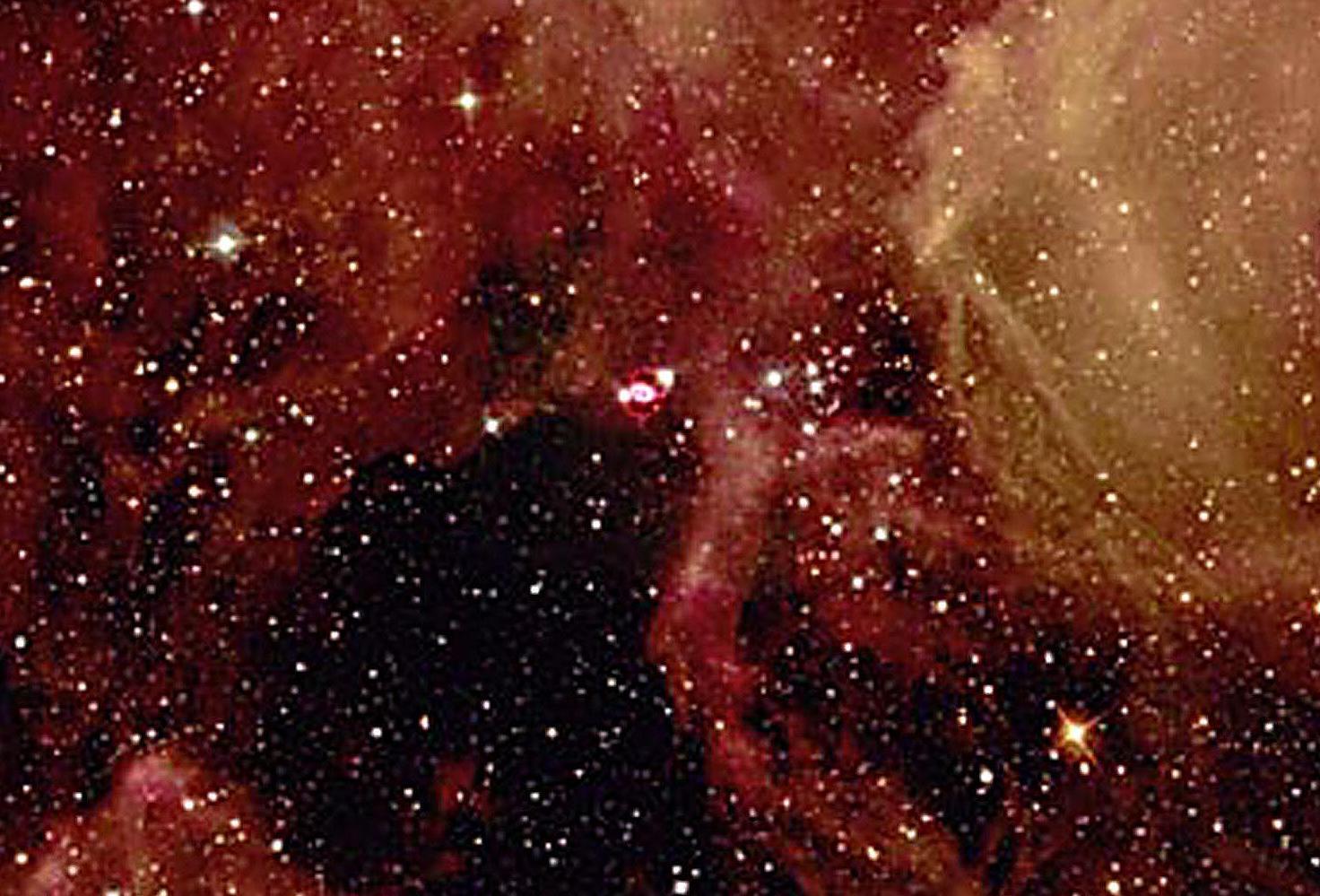Missing neutron star discovered 30 years after major supernova explosion
Astronomers could finally be able to see the star they have been hunting for decades

Your support helps us to tell the story
From reproductive rights to climate change to Big Tech, The Independent is on the ground when the story is developing. Whether it's investigating the financials of Elon Musk's pro-Trump PAC or producing our latest documentary, 'The A Word', which shines a light on the American women fighting for reproductive rights, we know how important it is to parse out the facts from the messaging.
At such a critical moment in US history, we need reporters on the ground. Your donation allows us to keep sending journalists to speak to both sides of the story.
The Independent is trusted by Americans across the entire political spectrum. And unlike many other quality news outlets, we choose not to lock Americans out of our reporting and analysis with paywalls. We believe quality journalism should be available to everyone, paid for by those who can afford it.
Your support makes all the difference.The remains of a supernova that helped us understand how stars work have at last been found by scientists.
Astronomers have been hunted for the neutron star that was left over when a massive star exploded and died for decades. And now, after more than 30 years of work, scientists from Cardiff University claim to have seen it.
The supernova, known as 1987A, is very important to astronomers. It was first seen on 23 February, 1987, and it blazed for months, shining with the power of 100 million suns and being visible on Earth.
It gave scientists the opportunity to examine the life – and death – of an extreme star from relatively close-up. 1987A is part of a nearby galaxy called the Large Magellanic Cloud, which is only 160,000 light years away, relatively nearby at the scale of the universe.
Astronomers have been looking for the neutron star – the collapsed core that the giant star left behind – that would have been left over for the last 30 years. It has been hidden behind a huge cloud of cosmic dust that blocked it out.
But astronomers say that they have finally been able to spot the potential location of that missing star. One part of the dust cloud appears brighter than the areas around it, and happens to be the location where the neutron star is suspected to be.
“For the very first time we can tell that there is a neutron star inside this cloud within the supernova remnant," said lead author of the study Dr Phil Cigan, from Cardiff University’s School of Physics and Astronomy. "Its light has been veiled by a very thick cloud of dust, blocking the direct light from the neutron star at many wavelengths like fog masking a spotlight.”
Now the scientists hope that the world can start looking back at that star, and learn yet more about how they die – and what happens after.
“Our new findings will now enable astronomers to better understand how massive stars end their lives, leaving behind these extremely dense neutron stars,” said Dr Mikako Matsuura, another leading member of the study.
“We are confident that this neutron star exists behind the cloud and that we know its precise location. Perhaps when the dust cloud begins to clear up in the future, astronomers will be able to directly see the neutron star for the very first time.”
Join our commenting forum
Join thought-provoking conversations, follow other Independent readers and see their replies
Comments